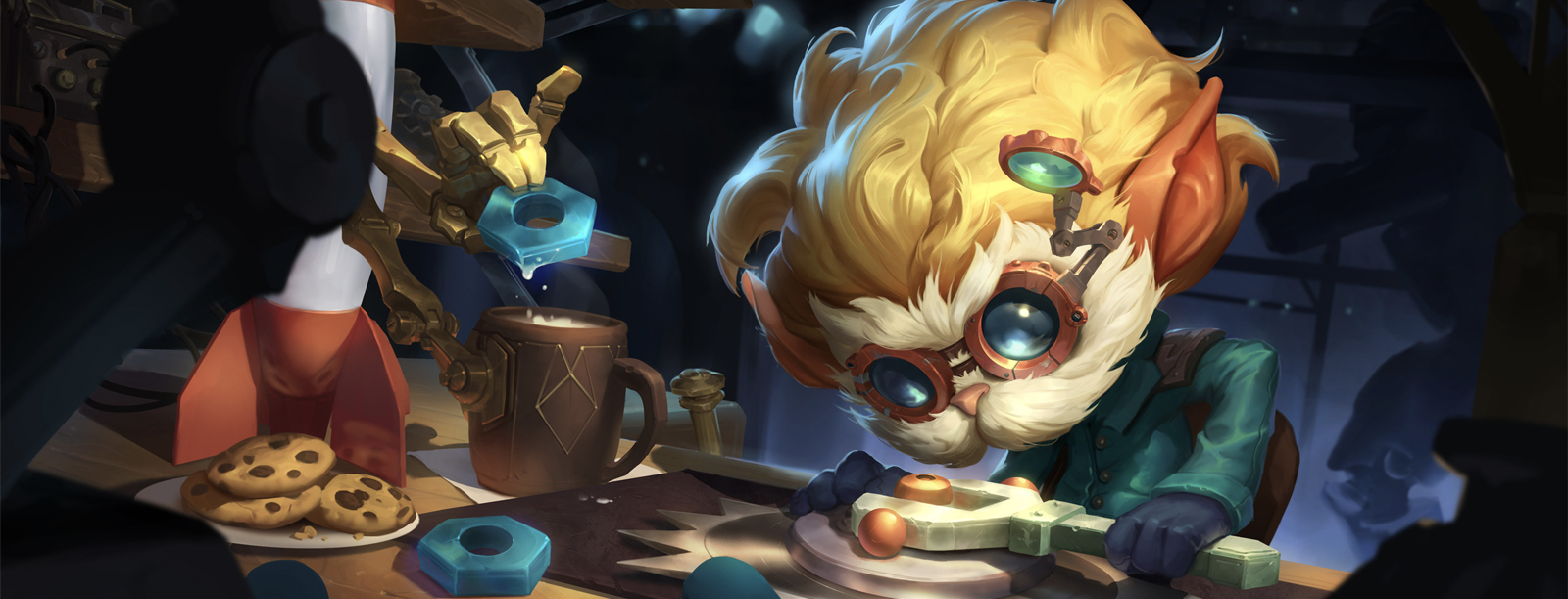
Hi, I’m Guy Kisel, and I’m a software engineer on Legends of Runeterra’s Production Engineering: Shared Tools, Automation, and Build team (PE:STAB for short). My team is responsible for solving cross-team shared client technology issues and increasing development efficiency. In this article I’m going to share some details about how we build, test, and deploy Legends of Runeterra, a digital collectible card game.
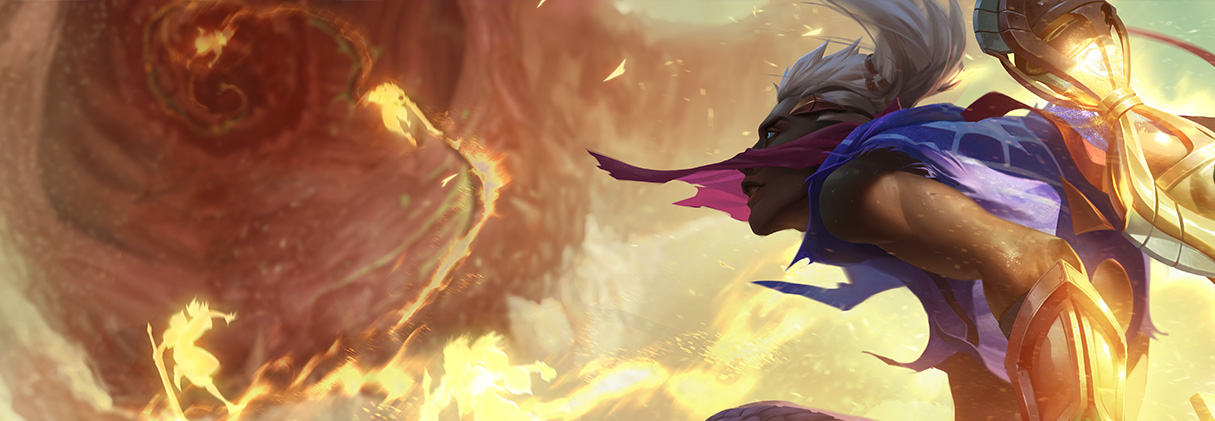
Hi, I’m Rick Hoskinson, an engineer on the League of Legends Core Gameplay Initiative, and I’m here to talk about how we gave ourselves the power to turn back the hands of time in League of Legends. In this series of blog posts, I hope to give you a glimpse of what that work looked like, juicy technical challenges and all.
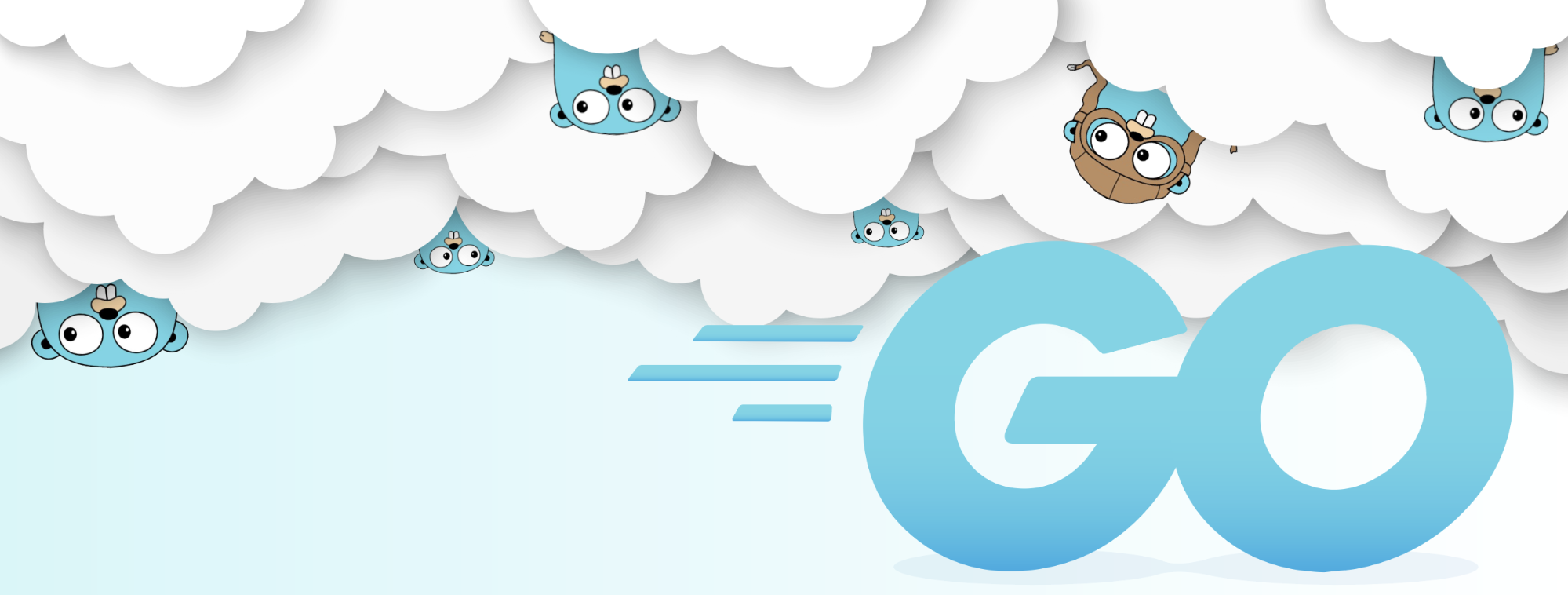
Hi, my name is Aaron Torres and I’m an engineering manager for the Riot Developer Experience team. We accelerate how game teams across Riot develop, deploy, and operate their backend microservices at scale - globally. I’ve been at the company for a little over 3 years and I’ve been writing Go code that entire time. In this article, we’ll be specifically looking at how a few different teams use Go. I’ll be tagging in two technologists - Chad Wyszynski from RDX Operability and Justin O’Brien from VALORANT - to discuss how they use Go for their projects.
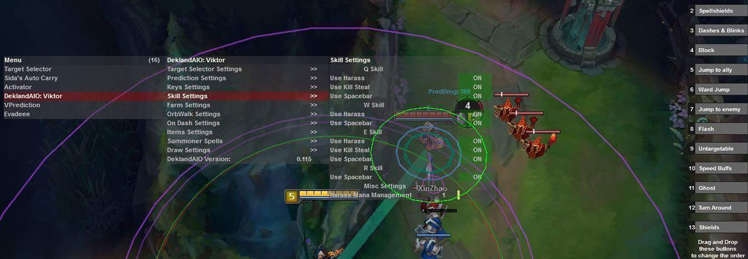
Combating cheats is an ever-evolving arms race. The scope and complexity of cheat development grows every year along with the stakes in online gaming. The pressure is on for game studios to level up when it comes to detecting and preventing bad actors. I’m Michael “Perma” VanKuipers, and I used to be one of those bad actors; I spent over a decade developing cheats for various games and earned the ire of at least one large game studio in the process. These days I work on Riot’s Anti-Cheat team, helping secure League of Legends from scripts, bots, and exploits.
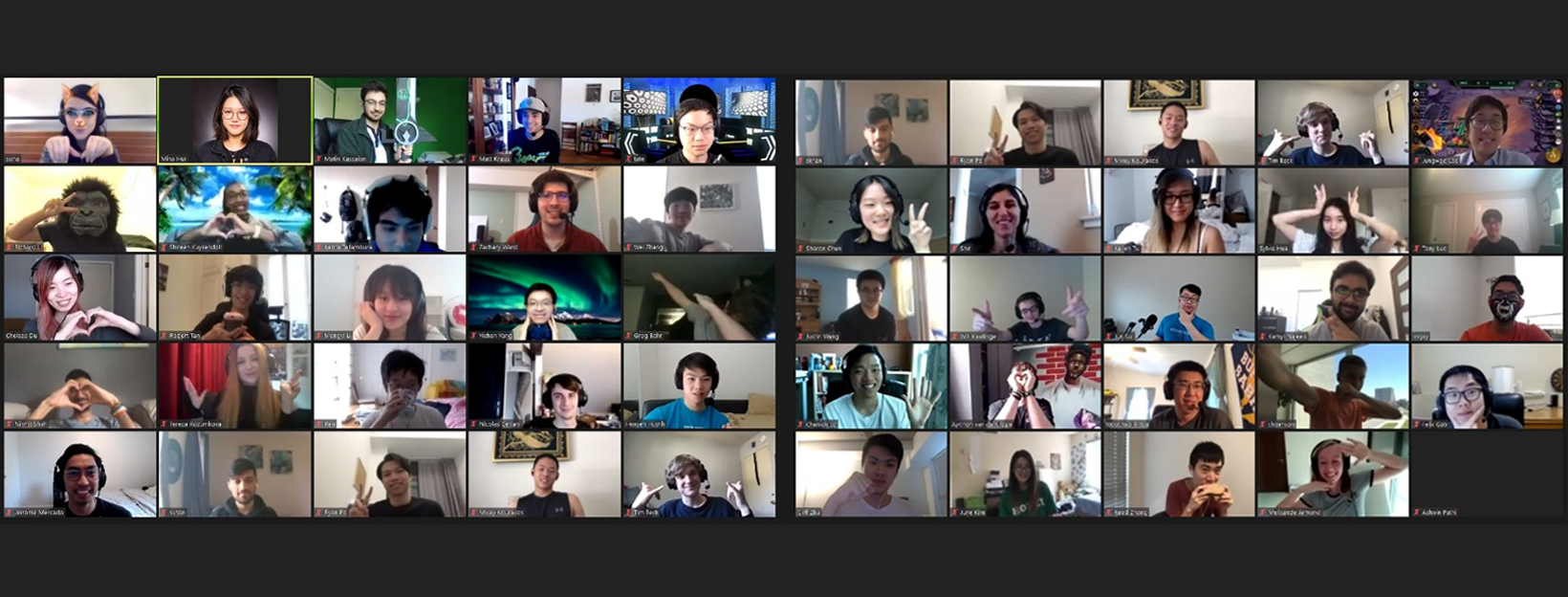
The Riot internship program helps technical players drive their professional growth by embedding them on tech teams and having them contribute to impactful, exciting technology projects. Last year we published an article by some of our interns, giving readers a glimpse at the projects technical interns get to work on. We’re doing a follow-up this year, but with additional sections to reflect our new games.
There were so many interns excited to contribute to this article that this year we’ll be doing a 2-part series. Intern stories are sorted into categories - the first post (this one) includes all blurbs for League of Legends, TFT, & VALORANT, and the second post focuses on General Game Tech & Tooling/Infrastructure.
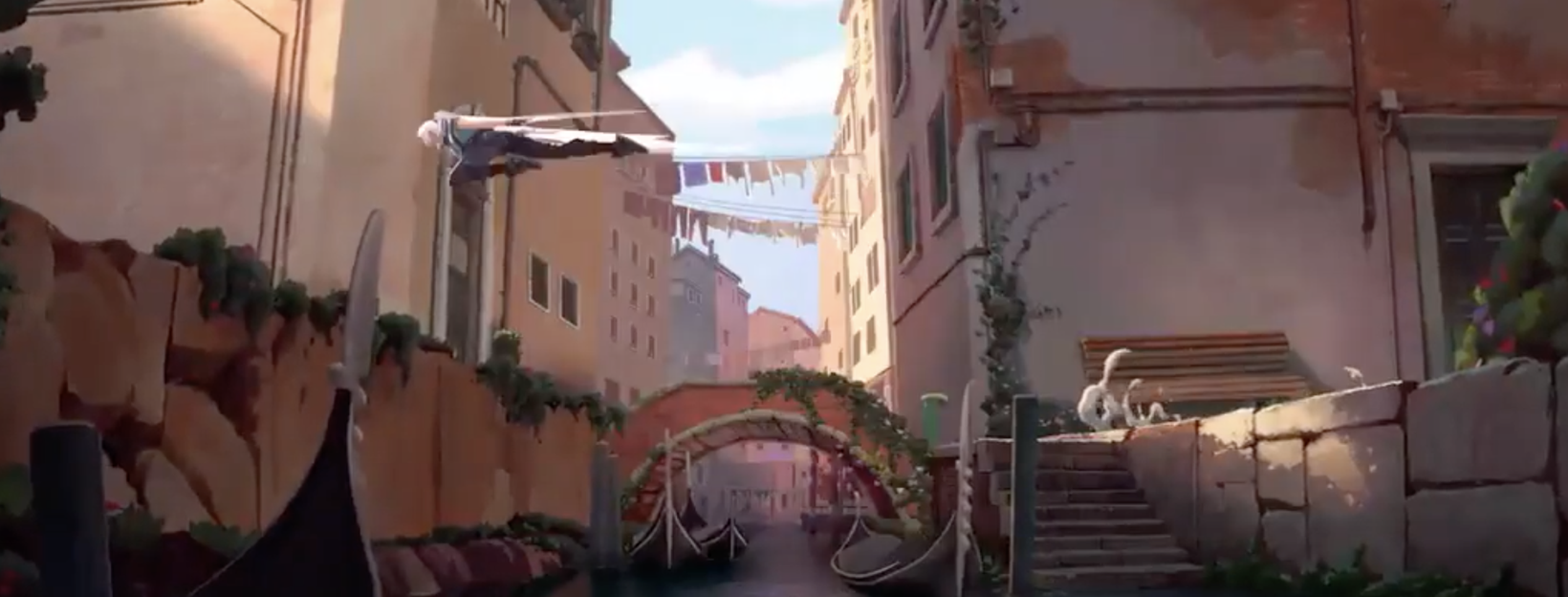
Hi, I’m Brent “Brentmeister” Randall and I’m an engineer on the Gameplay Integrity team for VALORANT. My team is responsible for VALORANT’s build system, automation framework, game client performance, and server performance. In this article, I’ll be focusing on that last topic - I’ll be telling the technical story behind our search for optimal server performance.
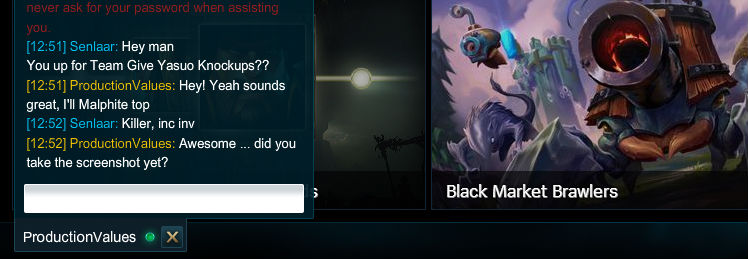
Some games of League of Legends I know I’ll love even before the loading screen appears. Take last night, for instance. I logged in to find a couple of fellow Rioters available to play, and while we queued together in a pre-game lobby we had a great discussion that led to smart role choices and an intentional team composition. That connection and strategic communication doesn’t guarantee victory — we lost — but win or lose that’s my favorite way to start.

A whole new game means a whole heap o’ new technology. While we won’t be able to cover all of it in one go, I’d love to give you a glimpse at how we add features to LoR. I’ll describe our process of making it work so we can playtest it, move on to making it presentable using our suite of artist tools, tweaking it for balance, and finally making it shine by adding motion and sound before sending it out to players.
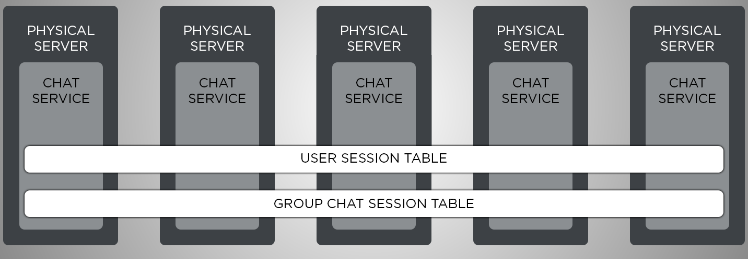
League of Legends players collectively send millions of messages every day. They're asking friends to duo-queue, suggesting a team comp on the champ select screen, and thanking opponents for a good game. On July 21st of this year (I picked a day at random), players forged 1.7 million new friendships in the game—that’s a lot of love! And each time players send a message they trigger a number of operations on the back-end technology that powers Riot chat.
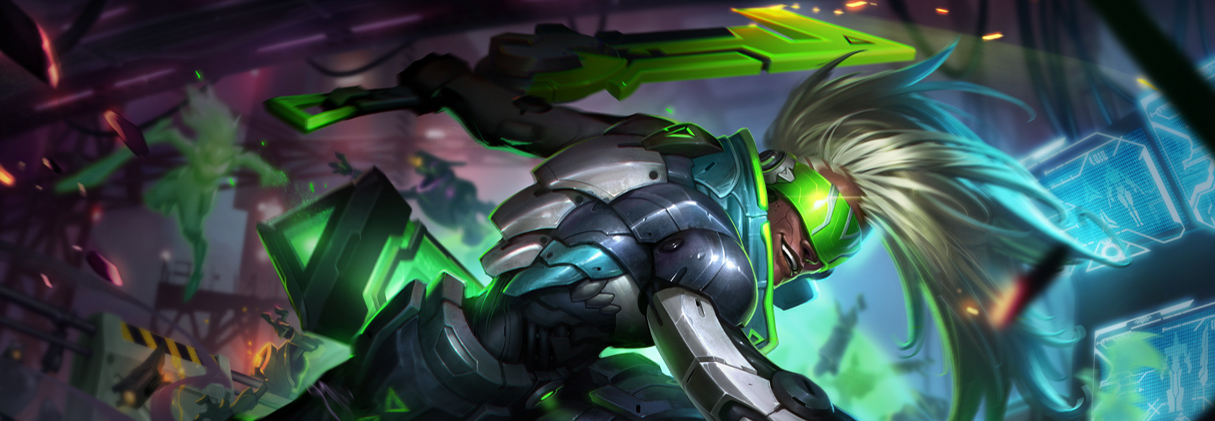
Taking the League of Legends game server from a nondeterministic process to its current state required almost a full year of effort from multiple engineers. As a side benefit of this effort, we holistically improved the codebase’s robustness, discoverability, and maintainability. We removed swaths of dead or redundant code and created new opportunity spaces for gameplay exploration.










